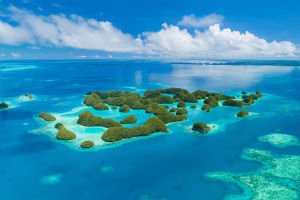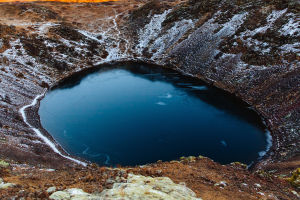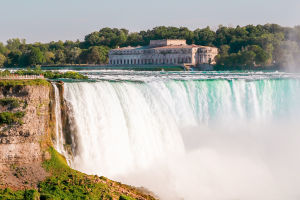Chichen Itza isn't just another ruin—it's a riddle carved in limestone. Most travelers see it as an iconic photo op, but very few understand the precise science and symbolism behind it.
If you're planning to visit, don't just go to see Chichen Itza—go to read it. With the right timing, route, and tips, this ancient city reveals much more than stones in the sun.
Here's how to make the most of a one-day trip to Chichen Itza—especially if you're after more than a quick photo.
The Highlight: El Castillo and Its Shadow Trick
The centerpiece of Chichen Itza is the Temple of Kukulkan, also known as El Castillo. This 98-foot pyramid is famous for a mind-bending illusion that only happens during the spring and fall equinoxes—around March 21 and September 22. On those days, the afternoon sun hits the pyramid just right, casting shadows that form the image of a serpent slithering down the steps.
This is not an accident. The Maya designed the pyramid with astronomical precision. There are 91 steps on each of the four sides (plus one at the top), totaling 365—exactly the number of days in a year. The illusion honors Kukulkan, and signals a cosmic connection between the heavens and earth.
Can you still enjoy it if you don't visit on the equinox? Absolutely. Even without the shadow trick, the geometry and engineering are impressive, especially if you have a guide explain the meaning behind it.
How to Get There (and What It Costs)
Chichen Itza is located in Mexico's Yucatán Peninsula, about 2.5 hours from Cancún by car or bus.
Three main ways to get there:
1. Drive yourself: Renting a car from Cancún costs around $40–60/day. Tolls along the way add roughly $15.
2. ADO Bus: Leaves daily from Cancún and Mérida. Tickets are about $16–$20 one way. Comfortable, air-conditioned, and safe.
3. Guided tours: Ranges from $50–$100 per person. These often include hotel pickup, lunch, and a visit to a cenote (natural sinkhole). Choose a small group if you want more flexibility.
Entrance fees:
• General admission: Approx. $30 USD per person (split between federal and state fees)
• Children under 13: Free
• Guides on-site: $25–40 for private tours, or you can join a shared group
Hours:
• Daily, 8:00 AM – 5:00 PM
• Last entry at 4:00 PM
Timing is Everything: Beat the Heat and the Crowds
Arrive before 9:00 AM if possible. Most tour buses arrive between 10:00 AM and 12:00 PM, and the sun becomes punishing by midday.
Why early morning works best:
• Soft light for photography
• Fewer people in your shots
• Cooler temperatures—shade is rare in the main plaza
Another option: Visit later in the afternoon, around 3:30 PM. The crowds thin out again before the park closes at 5:00 PM.
What Else to See (Don't Rush!)
Beyond El Castillo, Chichen Itza offers several other stunning structures that deserve your attention:
1. The Great Ball Court – The largest ancient ball court in the Americas. It's 545 feet long, with whisper-acoustic effects between walls. A guide can demonstrate the eerie echo tricks.
2. The Sacred Cenote – A deep, green sinkhole believed to be a site of offerings and rituals. No swimming here, but the view alone is chilling and beautiful.
3. El Caracol (The Observatory) – A round structure believed to be used for tracking Venus and other celestial bodies. Its slit-like windows are aligned with astronomical events.
Tips to Deepen Your Experience
1. Hire a certified guide inside the park. Local guides offer deep insights, like the fact that El Castillo's construction phases reflect different historical periods. Many speak excellent English.
2. Bring cash—small bills. While major cards are accepted at the ticket booth, most vendors and local guides prefer cash.
3. Wear breathable clothing and bring sunscreen. There's little to no shade in most of the park. Hats, sunglasses, and reusable water bottles are essential.
4. Skip the vendors at the gate if you're short on time. They stretch throughout the walking paths and can slow your visit. Save shopping for the exit.
When to Go for the Best Experience
• Best months: November to March (cooler, less humid)
• Avoid: April–August (hot and crowded), and September–October (rainy season)
For the equinox serpent-shadow event, be prepared for massive crowds. If you're there specifically for the spectacle, get inside by 7:30 AM.
Wrap-Up: More Than Just a Pyramid
Chichen Itza isn't just about seeing a wonder of the world—it's about uncovering an ancient calendar, a political center, a cosmic observatory, and a civilization that mapped time into stone. One day here is enough to challenge how you think about history—and time itself.
Have you been to Chichen Itza? What surprised you the most? Was it the echo in the Ball Court or the sheer heat radiating off the stones? If you have tips or questions, drop them below—because with a site this layered, there's always more to explore.


